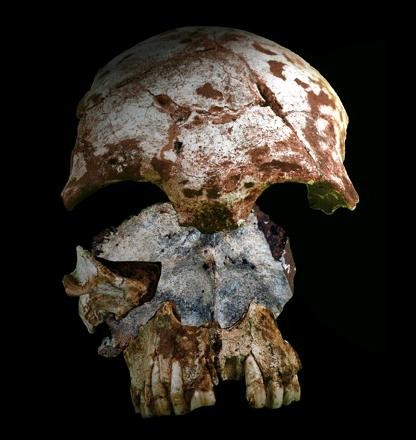Human Fossils Found in Southeast Asia 63,000 Years Old
Fossils found by scientists in a cave in the Annamite Mountains in northern Laos, Southeast Asia, in 2009 are nearly 63,000 years old, making them one of the oldest modern human fossils ever.
"It's a particularly old modern human fossil and it's also a particularly old modern human for that region," said Laura Shackelford, anthropologist at the University of Illinois.
"There are other modern human fossils in China or in Island Southeast Asia that may be around the same age but they either are not well dated or they do not show definitively modern human features. This skull is very well dated and shows very conclusive modern human features."
To determine the age of the skull, researchers used the uranium/thorium dating method; they found that the skull was around 63,000 years old.
Researchers believe that the person, whose fossils have been found, could have died outside and the body washed into the cave sometime later. They came to the conclusion when they did not find any artifacts with the skull, suggesting that the cave was not a dwelling or burial site. To reconfirm their theory they studied the age of the soil above, below and surrounding the skull.
Scientists used radiocarbon dating and luminescence techniques to determine the age of the soil layers above, below and surrounding the skull, which was found nearly 2 1/2 metres (about 8.2 feet) below the surface of the cave.
The study found that the layer of soil surrounding the fossil had washed into the cave between 46,000 and 51,000 years ago.
"This find supports an 'Out-of-Africa' theory of modern human origins rather than a multi-regionalism model. Given its age, fossils in this vicinity could be direct ancestors of the first migrants to Australia. But it is also likely that mainland Southeast Asia was a crossroads leading to multiple migratory paths," said Shackelford.
The findings suggest that migration out of Africa and into east and Southeast Asia occurred at a relatively rapid rate, and that, once there, modern humans were not limited to environments that they had previously experienced, says Shackelford. "We now have the fossil evidence to prove that they were there long before we thought they were there."




© Copyright IBTimes 2025. All rights reserved.



















